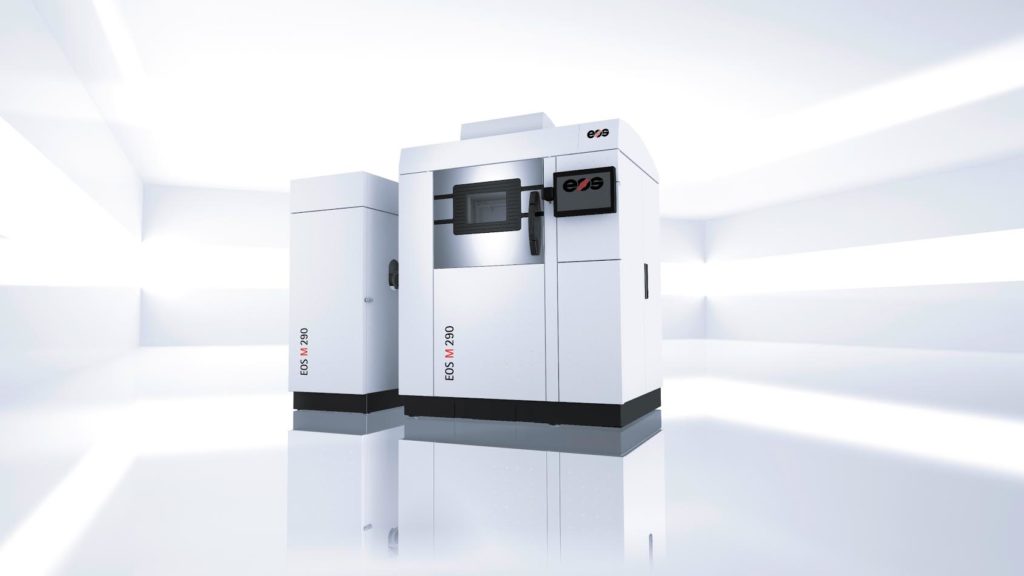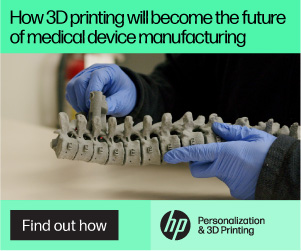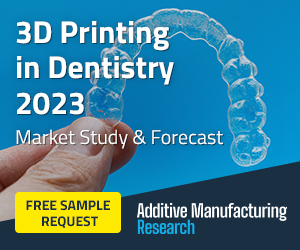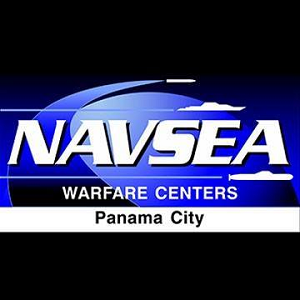 There are many applications for 3D printing in the US Navy, from making small components like bolts to parts for large warships. Now, the Naval Surface Warfare Center Panama City Division (NSWC PCD) in Florida has adopted some new metal 3D printing technology in its Additive Manufacturing Laboratory (AML). By expanding its AM capabilities, the NSWC PCD can help lead innovation for the rest of the Navy.
There are many applications for 3D printing in the US Navy, from making small components like bolts to parts for large warships. Now, the Naval Surface Warfare Center Panama City Division (NSWC PCD) in Florida has adopted some new metal 3D printing technology in its Additive Manufacturing Laboratory (AML). By expanding its AM capabilities, the NSWC PCD can help lead innovation for the rest of the Navy.
“There are many advantages to having access to a metal 3D printer. Major advantages include reduction in time to complete prints, reproducibility, and the complexity of parts available for print. NSWC PCD’s goal is to produce efficient and quality products to the warfighter, and this printer will allow our engineers and scientists to create strong and complex products in a shorter time frame,” said Chuck Self, NSWC PCD AML head.
The 3D printer added to the AML is an EOS M290 Direct Metal Laser Sintering (DMLS) system. This industrial 3D printer, which has been used to make products like airplane runway mats and rocket engines, features a 250 x 250 x 325 mm build volume and uses a 400-watt fiber laser, with an excellent beam quality, inside a nitrogen atmosphere to make accurate, complex, and fully dense parts out of powdered metal.
According to NSWC PCD mechanical engineer Halie Cameron, NAVSEA acquired the printer in an effort to increase fiscal year ’18 capabilities.
“The printer is capable of building highly complex geometries that are unable to be fabricated by traditional machining,” Cameron said. ” A benefit of the printer is part reduction, by combining parts that would have been fabricated separately with traditional machining. As the capabilities grow, metal 3D printers will likely become irreplaceable.”
Other members of NSWC PCD, such as its machine shop project manager Nicole Waters, are also happy with the new addition. Waters explained that having the metal 3D printer onsite makes it possible to set up an internal, collaborative innovation network for 3D printing.
“Having the metal 3D printer in-house at NSWC PCD allows us to make parts that are customizable to the customer’s needs vice lengthy ordering lead times. This gives our scientists and engineers the opportunity to work one on one with the AML personnel to get their product built exactly the way they want,” Waters said. “We encourage the One Team motto in the AML and want to create the highest quality parts for our Fleet projects and research prototypes.”
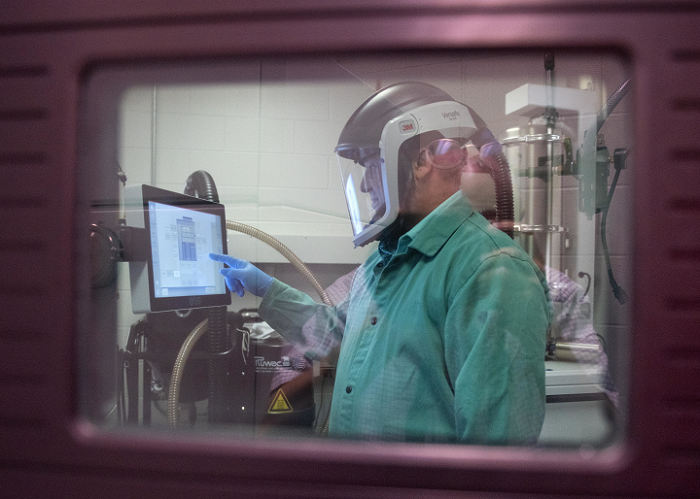
Panama City, FL – Chuck Self, Naval Surface Warfare Center Panama City Division additive manufacturing laboratory head, prepares the EOS M290 Direct Metal Laser Sintering printer. [Photo by Eddie Green]
Discuss this story and other 3D printing topics at 3DPrintBoard.com or share your thoughts in the Facebook comments below.
[Source: NAVSEA]Subscribe to Our Email Newsletter
Stay up-to-date on all the latest news from the 3D printing industry and receive information and offers from third party vendors.
You May Also Like
3D Printing Unpeeled: New Arkema Material for HP, Saddle and Macro MEMS
A new Arkema material for MJF is said to reduce costs per part by up to 25% and have an 85% reusability ratio. HP 3D HR PA 12 S has been...
3D Printing News Briefs, January 20, 2024: FDM, LPBF, Underwater 3D Printer, Racing, & More
We’re starting off with a process certification in today’s 3D Printing News Briefs, and then moving on to research about solute trapping, laser powder bed fusion, and then moving on...
3D Printing Webinar and Event Roundup: December 3, 2023
We’ve got plenty of events and webinars coming up for you this week! Quickparts is having a Manufacturing Roadshow, America Makes is holding a Member Town Hall, Stratafest makes two...
Formnext 2023 Day Three: Slam Dunk
I’m high—high on trade show. I’ve met numerous new faces and reconnected with old friends, creating an absolutely wonderful atmosphere. The excitement is palpable over several emerging developments. The high...


